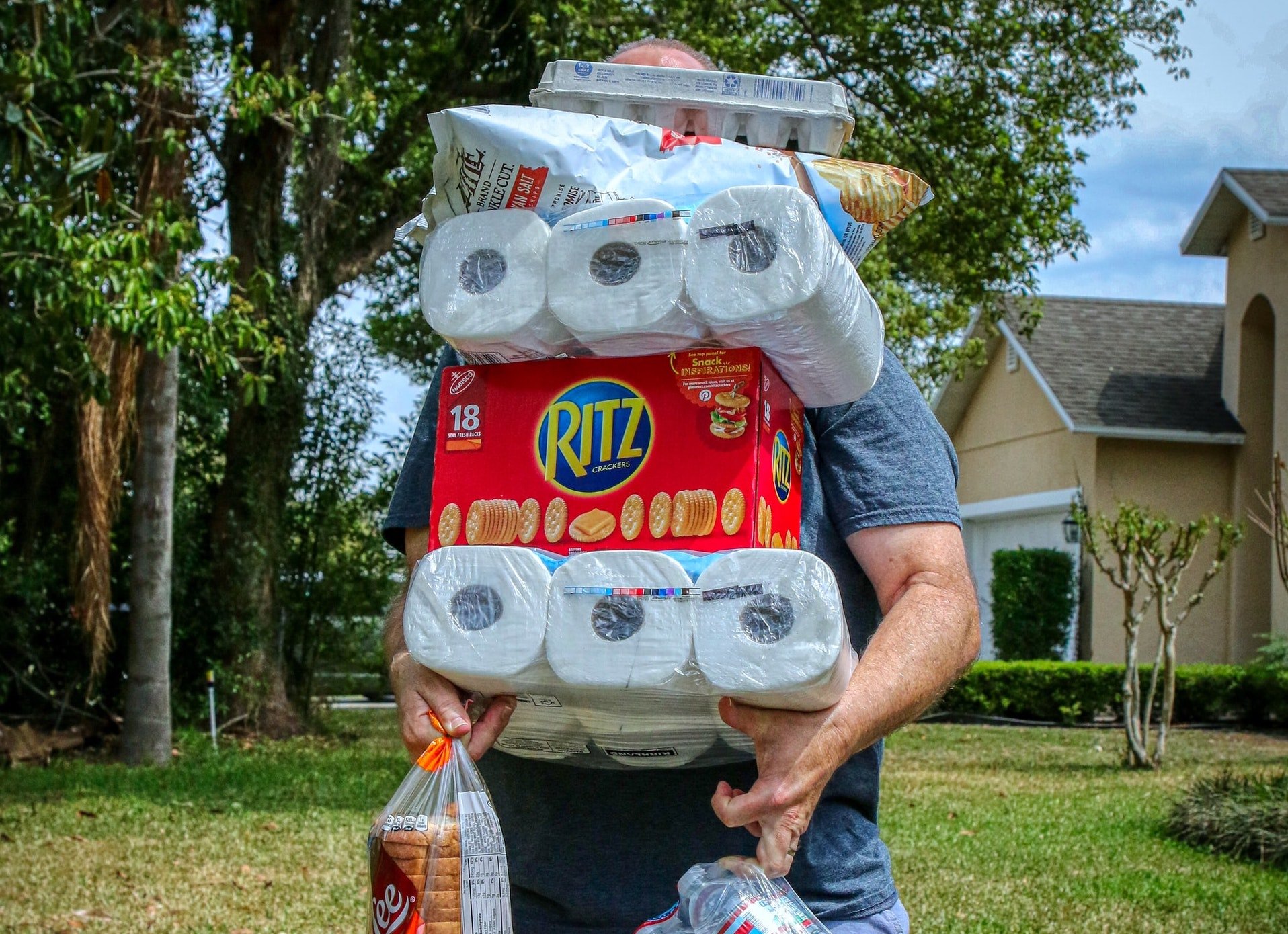The shopper journey (or path to purchase) has changed, driven by our changing habits as we navigate through this pandemic. We need to understand these changes in the shopper journey from a big picture perspective and consider how they affect each of us, whether we are in category management, sales, marketing, shopper marketing, or retail operations. Because everything has changed.
There are 4 phases in the shopper journey I’ll walk through to explain some of the biggest changes along this evolving journey.
CONSUMER (Awareness) – perceive need or want
As consumers, they perceive needs and wants – and this is where the journey begins. By the consumer, we mean 1) in their home – and includes their family, pets, children and loved ones; 2) at work; and 3) “on the go” (going to the store, gym, etc.). All along the consumer journey, they are connected – Wi-Fi, Bluetooth, mobile, GPS, smart speakers and so on. They are also bombarded with ads – and can now block what they don’t want to hear or receive.
We’ve seen significant shifts in consumer behavior this year – changing needs (avoiding the store or shopping less frequently), more time spent online, increased activity on social media – these have changed all the rules. The big learning here is that most retailers and brands need to reach shoppers earlier in their journey – wherever and however they get there. Here is some compelling information from marketingdive.com on major advertisers and brands:
The opportunity?
Keep current customers and find new customers both online and or in-store (omni-channel) by using artificial intelligence (AI) to:
- Combine customer data, machine learning and other concepts to predict a person’s action or inaction; and
- Create customized content for their audiences.
SHOPPER (Awareness) – prepare for purchase
The next phase of shopping happens when a consumer increases awareness about a specific item or starts to prepare for a purchase through:
- Feedback from friends
- Past purchases / experiences
- Influencers
- Social media
- Internet search
- Mobile apps
- Coupon sites
- Webpages
- AR / VR
- Online chat
The ultimate goal for the retailer and supplier is to be able to meet the shopper at each point in their journey, answer their questions and get them to purchase. If Shoppers run into stumbling blocks or frustration in this step of the journey, they will leave a site, abandon a cart or just give up.
The opportunity?
To better understand the decision-making and be there at the important points of that journey, to be alongside them in their customer journey. Make connections for a smooth omni-channel experience based on each Shopper’s unique custom journey.
SHOPPING (Discovery) – plan / make the trip
As the shopper continues their journey, they start to plan and make their trip. Shoppers may have many questions as it relates to:
- Products, looking for personalization or recommended products based on their preferences, engagement through video / audio / virtual reality, and an easy way to find the answers to their questions.
- Delivery options, looking for instant gratification, free shipping, and to understand BOPIS* and BOPAC* options.
- Additional questions specific to them based on what’s important to them (shopper insights).
The opportunity?
To create a seamless journey across their omni-channel experience, to meet them where they want to buy their products. Shoppers can now purchase almost anywhere – including social media, through 3rd party sellers, websites and more.
Some interesting shifts in retail have occurred in 2020 driven by changing shopper needs and an increase in e-Commerce sales:
- NEW STORE FORMATS: Cashier-less stores, BOPIS and BOPAC, smaller start-ups opening pop-ups and concessions.
- STORES AS FULFILLMENT CENTERS: BOPIS and BOPAC require retailers to have stores become fulfillment centers for online orders. Retailers struggle with trying to forecast where to hold inventory for delivery, BOPIS or BOPAC.
- DELIVERY: As consumers want products shipped free and faster, the prospect for autonomous delivery for the “last mile” is growing. Autonomous delivery initiatives continue to be explored for trips between fulfillment centers and consumers’ homes.
Several technology advancements need to be involved here, including AI, to manage logistics and routing, blockchain to ensure security and transparency along supply chains, and additional technologies that allow for more sophisticated models of logistics and fulfillment operations.
BUYER (Transaction) – purchase
And now (finally!) the buyer is ready to purchase – either online or by driving to the store of their choice. Regardless of their choice, the objective is to meet shopper needs for convenience, speed, safety, customer service and value – based on what’s most important to the retailer’s shoppers.
In-store is going to continue to transpire, with retailers finding new and meaningful ways to communicate with shoppers – primarily through retail apps, QR codes, robots, free Wifi, beacons, RFID, AR and VR.
Online, different technologies and places to sell are expanding. Ultimately retailers want to get the shopper to become a buyer by adding in their payment information if it’s not already stored, and pressing “purchase”.
Your Priorities
First and foremost, be prepared to make some significant changes in your approach with more emphasis on technology and quicker decision-making. What you knew last year as it relates to the Shopper has all changed. Before going out and investing in new technologies, data, and robots, you need to define your strategies and what you’re trying to accomplish. Here are some of the things to consider:
- Identify the Shopper journey and where you need to meet them in their journey;
- Stay in-stock and ensure appropriate inventory levels in DC and in-store;
- Accelerate digital offerings with improvements in eCommerce, BOPIS and BOPAC; and
- Respond to the changing shopper and change to meet their changing needs.
Happy learning! And all the best in 2021.



